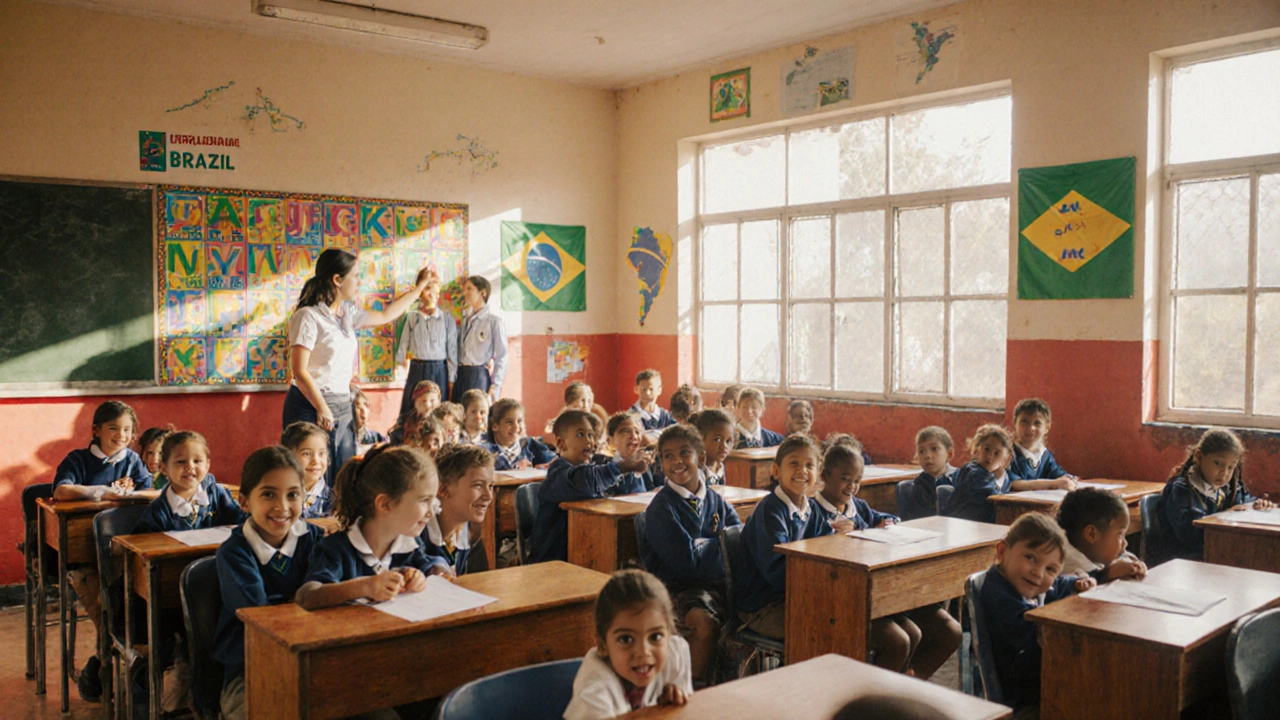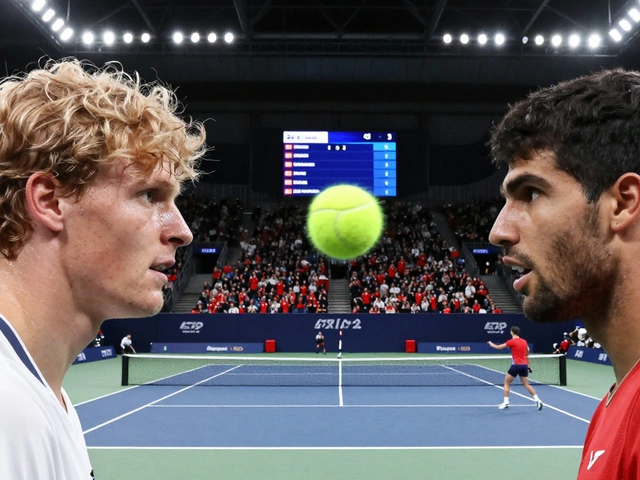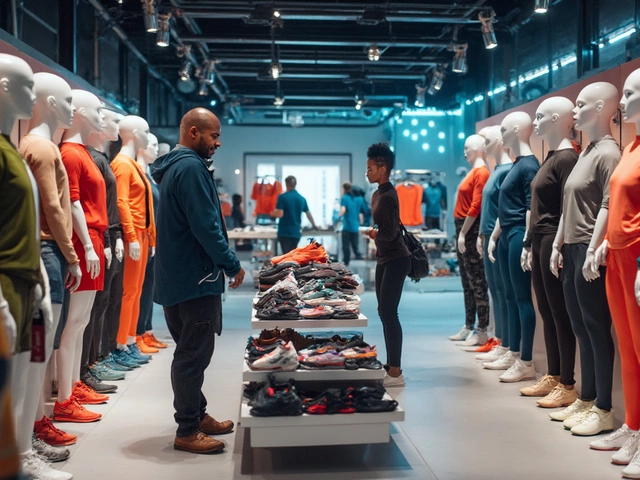Education for Sports Officials
When working with Education, the structured process of gaining knowledge and skills that enables referees to apply rules fairly and confidently. Also known as learning for officials, it forms the backbone of any officiating career.
Referee training, hands‑on sessions that teach game management, positioning, and decision‑making is a core pillar of this education. It links directly to the rules and regulations, the official rulebooks and interpretation guides that dictate how a game should be run. In practice, education encompasses referee training, and it requires a solid grasp of the rules. When a referee masters the rulebook, their certification process becomes smoother, which in turn raises the overall quality of sports officiating, the act of applying sport‑specific laws during competition.
Why Ongoing Learning Matters
Even after you earn your first badge, the learning never stops. Continuing professional development (CPD) provides updates on rule changes, fitness standards, and new tech tools like video‑assistant referees. CPD influences education by adding fresh modules, and it keeps certification valid. For example, a football referee who completes a yearly CPD course stays current with the IFAB rule amendments, which directly affects match decisions. This cycle—education → training → certification → CPD—creates a feedback loop that continuously improves officiating standards.
Many newcomers wonder if they need a university degree to start. The answer is no; most pathways begin with local referee courses that cover basics in a weekend workshop. Those workshops are part of the broader education ecosystem and often lead to the first level of certification. Once certified, officials can access advanced workshops that dive deeper into game theory, player psychology, and communication skills. Each step builds on the previous one, meaning the more you invest in education, the more opportunities open up, from grassroots leagues to elite competitions.
Another piece of the puzzle is mentorship. Veteran officials often act as informal teachers, sharing real‑world tips that aren’t in any rulebook. Mentorship is another facet of education because it blends formal training with practical insights. When a senior referee explains how to manage a heated derby, that knowledge becomes part of the mentee’s skill set, enhancing their overall competence.
Technology also reshapes education for officials. Online platforms now host video analysis tools, allowing referees to review their own decisions frame by frame. These tools connect directly to the rulebook, highlighting exactly where a rule was applied correctly or missed. By integrating tech into training, education becomes more interactive and data‑driven, which raises the bar for certification exams that increasingly test scenario‑based judgment.
Looking ahead, the sport landscape is evolving with new formats like 5‑aside football and hybrid games that blend rules from different codes. Education must adapt, adding modules that explain these hybrid rule sets. As rulebooks expand, the need for clear, concise training material grows, and that’s why the Bristol Referees Hub continuously updates its guides.
All this might sound overwhelming, but the key takeaway is simple: effective education for referees is a blend of classroom learning, on‑field training, rule mastery, certification, mentorship, and tech‑enabled review. Each component supports the others, creating a robust framework that prepares officials for any situation they might face on the pitch.
Below you’ll find a curated selection of articles that break down each of these elements. From detailed looks at rule changes to step‑by‑step training drills, the collection is designed to give you practical takeaways you can apply today. Dive in and discover how focused education can sharpen your officiating skills and boost your confidence on the field.
How Educated Are Most Brazilians? A Detailed Look at Education Levels
A comprehensive look at Brazil's education levels, covering literacy, school enrollment, regional gaps, and recent policy efforts in plain language.





